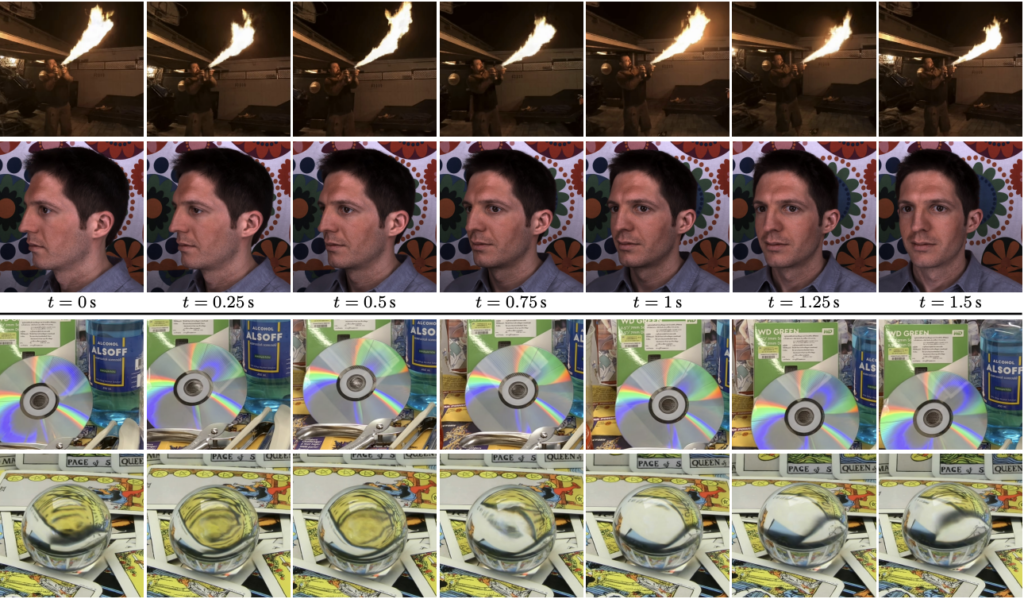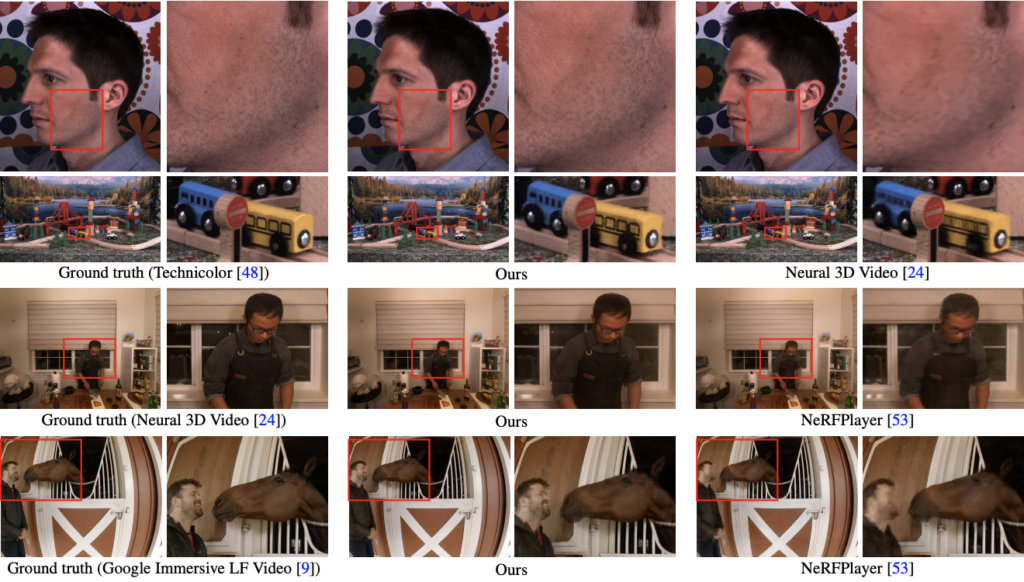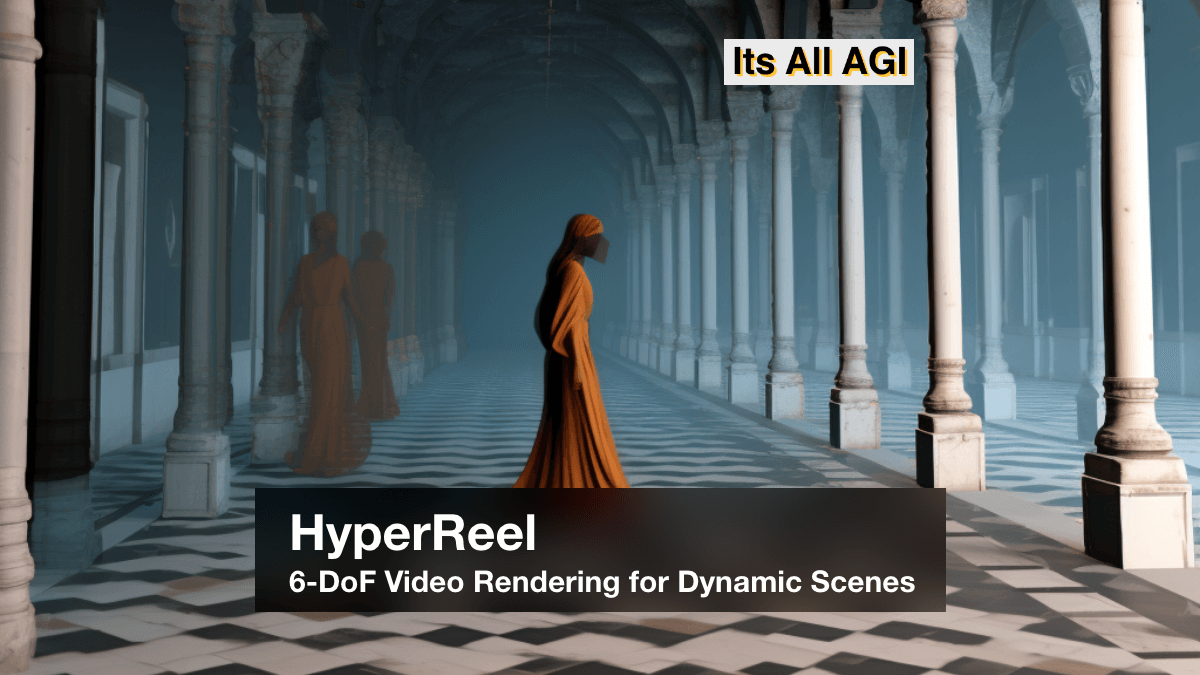In this blog post, explore the extraordinary capabilities of HyperReel. Uncover a game-changing 6-DoF video representation that empowers real-time rendering of dynamic scenes from unique perspectives and time intervals. It revolutionizes the way we experience and interact with videos in an immersive manner.

What is 6-DoF Video and Its Immersive Potential?
Immerse yourself in the world of 6-DoF video. This format grants users the freedom to explore environments by manipulating head position (3 degrees of freedom) and orientation (3 degrees of freedom). Unleashing exciting possibilities in AR/VR, 6-DoF video leverages view synthesis. It allows the rendering of unseen views in static or dynamic environments using a collection of posed images or videos.
Overcoming Challenges in 6-DoF Video Rendering
Delivering photorealistic and fast-rendering 6-DoF video experiences for dynamic scenes poses significant challenges. While recent advancements in volumetric scene representations show promise for static scenes, achieving high quality, efficient rendering, and memory optimization remains a hurdle. Existing methods often suffer from compromises in rendering quality, slow processing speeds, or excessive memory demands, even with multi-view camera setups.

The Inner Workings of HyperReel: Unveiling its Technique
Discover how HyperReel tackles these challenges head-on with its innovative approach.
Combining a ray-conditioned sample prediction network and a compact dynamic volume representation, HyperReel unlocks exceptional rendering capabilities.
The ray-conditioned sample prediction network plays a crucial role in HyperReel. It predicts color and opacity samples along the ray, taking into account the input ray direction and time step. To ensure temporal coherence and spatial consistency, it leverages a novel loss function.
On the other hand, the dynamic volume representation is another key component of HyperReel. It utilizes sparse voxel grids to store scene occupancy and color information at different time steps. These voxel grids are efficiently compressed using octrees and quantization techniques, optimizing memory usage and maintaining the required level of detail
Unleashing the Potential: Advantages of HyperReel
HyperReel outshines previous and contemporary methods, delivering unparalleled visual quality with minimal memory requirements. With the ability to render at up to 18 frames-per-second in megapixel resolution, HyperReel surpasses expectations without the need for custom CUDA code. Its capabilities extend to handling real-world scenes with intricate geometry, motion, lighting, and occlusion, supporting 6-DoF rendering for both static and dynamic scenes through a unified pipeline.
Exploring HyperReel: Where to Find More Information
To delve deeper into the astounding results and demonstrations, visit the official project website at https://hyperreel.github.io. For a comprehensive understanding of the technical intricacies and comparative analysis, access the full research paper [1] on arXiv. Immerse yourself in the world of HyperReel and witness its groundbreaking advancements in 6-DoF video representation.
In conclusion, HyperReel presents a groundbreaking advancement in the field of 6-DoF video rendering. By combining innovative techniques, such as a ray-conditioned sample prediction network and a memory-efficient dynamic volume representation, HyperReel achieves remarkable results in terms of visual quality, rendering speed, and memory requirements. With its ability to handle complex scenes and support both static and dynamic environments, HyperReel opens up new possibilities for immersive AR/VR experiences. Furthermore, its impressive performance and comprehensive documentation make it a promising solution for researchers and developers in the field.

